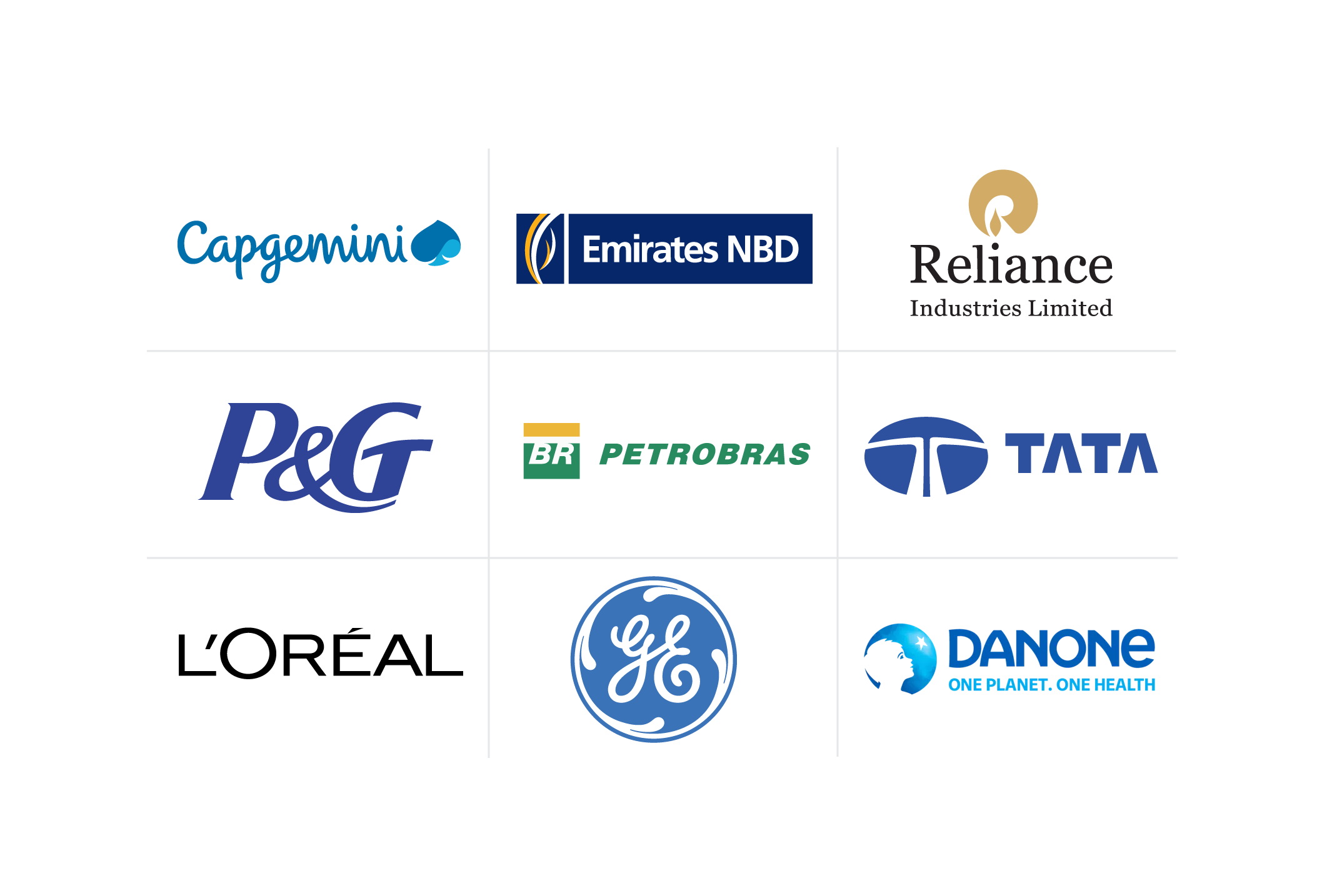Nurturing Success: Unveiling the Power of Clan Culture in Companies
Clan culture can foster collaboration, loyalty, and a greater sense of team spirit. Learn how to harness this culture within your own organization and the benefits you can expect as a result.
![[Featured Image]: Four team members work together at a table in a company that supports clan culture.](https://d3njjcbhbojbot.cloudfront.net/api/utilities/v1/imageproxy/https://images.ctfassets.net/2pudprfttvy6/4jzw827Yt35E3N798VSBcl/9e2b2412d89bfe88ca6d73a4dc20ed88/GettyImages-1425189646.jpg?w=1500&h=680&q=60&fit=fill&f=faces&fm=jpg&fl=progressive&auto=format%2Ccompress&dpr=1&w=1000)
It’s common to hear about an organization's company culture. Hiring businesses use their culture as a selling point when recruiting new talent, and employees place a high value on company culture, sometimes even valuing culture over compensation. However, culture is much more than just doughnuts in the break room or a team pizza party after reaching a milestone. Different organizations foster different cultures, and which type of organizational culture your organization utilizes will dictate how your teams function. One such type is “clan culture.”
Clan culture is an organizational structure that promotes a cooperative, family-like atmosphere by encouraging commitment, involvement, and loyalty. Its horizontal structure consists of close-knit teams that deeply connect with the organization's vision and mission and rally around a common purpose. "Clan culture" originates from its analogy to social clans, where members bond over shared ancestry or a specific kinship [1].
For some, the word “clan” conjures up images of Scottish Highlanders and long-ago skirmishes. However, in the modern day, the concept of a clan could be exactly what you need to revamp your company culture for good.
Understanding clan culture in the corporate landscape
Corporate clan culture takes a familial approach to business, with a one-for-all, all-for-one ethos that fosters collaboration, teamwork, and trust. Often, an organization with a clan culture will hold fast to tradition, shared values, and shared goals. Characteristics of clan culture in the corporate landscape include the following:
Employees work collaboratively on teams for the greater good of the organization
Employees have an emotional connection to the organization's mission statement
Relationships between employees are close and familial
Employees have open discussions with management
Employees have the freedom to make decisions on their own
Employees tend to socialize outside of work
Benefits of embracing clan culture in companies
Embracing a clan culture in your company can help create a positive work environment where employees communicate openly with each other and management. As a result, you may notice the following:
Increased employee engagement
More collaboration among employees
Greater innovation and adaptability
Reduced burnout
Increased employee retention
Strategies for cultivating clan culture in your company
As a leader, you’re in an excellent position to begin cultivating a clan culture within your company. It starts with modeling the behavior you’d like to see across your broader teams. This might look like:
Dismantling bureaucratic modes of decision-making and empowering team members to actively engage in decision-making
Actively making an effort to collaborate with every team member, no matter their seniority
Providing clear communication about the company’s direction
Promoting a strong sense of community and connection
Providing mentorship and development opportunities, exemplifying the company’s long-term commitment to team members

Overcoming challenges in implementing clan culture
When attempting to implement clan culture, consider some of the challenges you might face and how to overcome them. You're adjusting to an organizational structure that blurs the line between leadership and non-leadership, and team members may hesitate to disrupt the status quo. You may also discover decreased productivity if you expect the group to make all decisions unanimously.
One way to mitigate these concerns is to include some sort of “chief” figure that acts in a mentorship role, thereby still allowing for a delineation between leadership and non-leadership. Additionally, while democratic decision-making is a key feature of clan culture, that doesn’t need to mean every decision must be unanimously decided, halting productivity. Meanwhile, while clan culture does typically entail a certain degree of commitment toward organizational values and tradition, it also allows for a certain amount of deviancy, with employees who speak up and challenge the status quo given leniency as they’re considered “one of the clan.”
Measuring the impact of clan culture
As you begin incorporating clan culture fundamentals into your existing organizational structure, you can measure your success by whether or not you’re seeing the benefits associated with clan culture. Look for the following?
Improved organizational performance
Reduced burnout (which you can measure with absence rate data)
Increased employee retention
As you measure these metrics, consider leveraging employee feedback through surveys and similar methods. As clan culture promotes open communication, you’ll want to hear what your team members think about the cultural changes. Based on feedback, you can then adapt and evolve your cultural changes accordingly.
Sustaining clan culture in remote and hybrid work environments
If part or all of your teams are working in scattered locations, chances are they likely want the familial togetherness and unity encouraged through clan culture. One study found that of all the things remote workers missed most about in-office work, social connections and human contact were at the top of the list [2].
You can maintain a sense of community in virtual settings in numerous ways. Technology can certainly help, with a wide variety of new tools coming online to assist in maintaining work connections remotely, whether that’s crafting a friendlier, more water cooler-esque chat platform or making it easier to know what your coworkers are up to when you can’t just glance over the open office and look at them.
As you bring remote workers together for culture’s sake, be mindful of your employees’ work-life balance. Remote employees may already struggle with the ability to log off when necessary, so providing flexibility and inclusivity can ensure employees feel as if they’re truly being taken care of—something necessary for that clan-like familial vibe.
Getting started with Coursera
Clan culture brings a family-like approach to the workplace, wherein everyone’s opinion matters, and company loyalty, resilience, and engagement thrive. Whether you’ve decided that the clan culture is the best fit for your organization or want to explore other culture models, you’re taking the right step by prioritizing culture within your teams. More than half of survey respondents said that company culture is more important to them than salary, and a positive company culture can greatly benefit your organization [3].
No matter your organizational structure, you can develop collaborative teammates into experts and leaders with Coursera for Business. With Coursera, you can train teams across your organization in the skills that matter most in today’s digital economy. Your employees will gain access to content from 350+ leading universities and industry partners, where they can build real-world experience with innovative skills, tools, and technologies while earning globally recognized credentials. Our customizable, scalable learning solutions balance workplace skills and technical skills training in diverse formats, from video clips to guided projects and Professional Certificates. Accelerate your digital transformation and equip employees to drive growth with Coursera.
Article sources
Academy to Innovate HR. "Clan Culture: An Informative Guide for HR Professionals, https://www.aihr.com/blog/clan-culture/." Accessed June 3, 2025.
This content has been made available for informational purposes only. Learners are advised to conduct additional research to ensure that courses and other credentials pursued meet their personal, professional, and financial goals.

